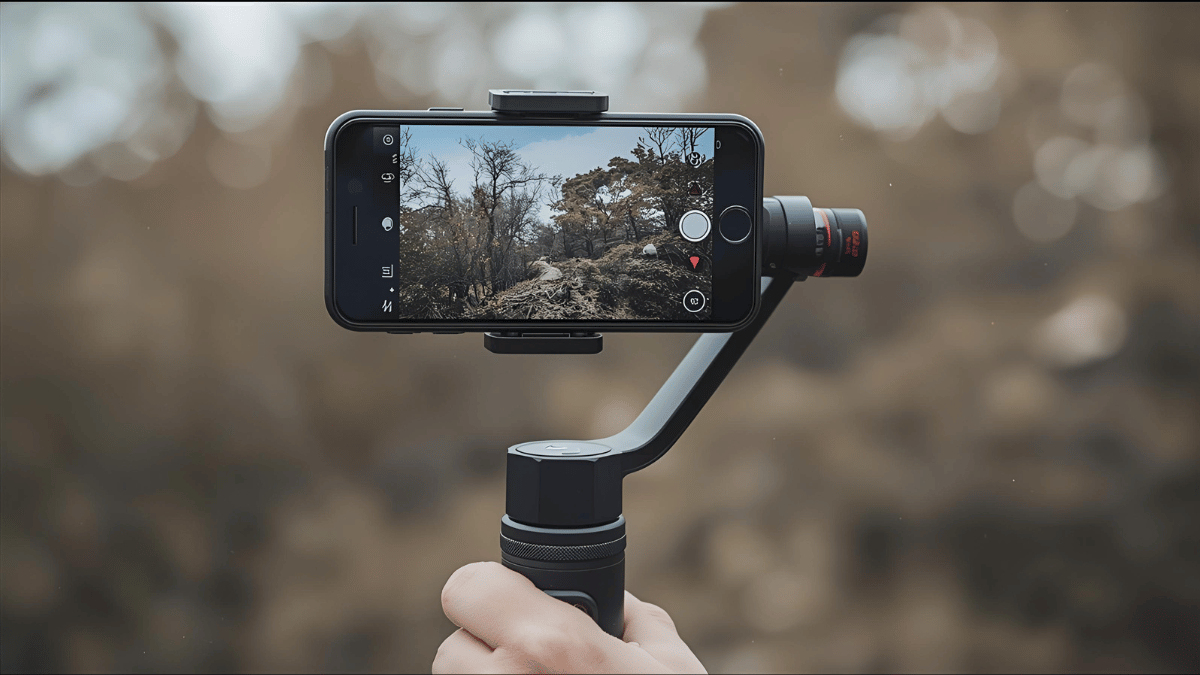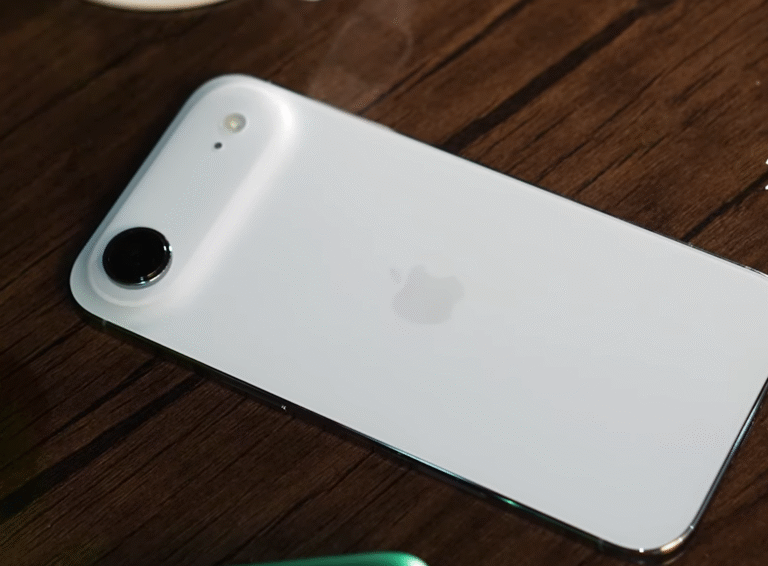
In 2025, smartphone cameras are no longer just secondary devices for casual photography. They have become full-fledged tools capable of producing professional-grade video, offering 8K recording, cinematic stabilization, and advanced editing features right from the device. Yet, even with all this power, there’s one challenge that remains: stability. Shaky footage can still ruin a video, no matter how good the camera sensor or software is. This is exactly why smartphone gimbals remain an essential accessory for creators who want their work to look polished and professional.
The evolution of gimbals has been fascinating to watch. A few years ago, these devices were bulky, intimidating, and mostly reserved for filmmakers with dedicated camera setups. Fast forward to today, and smartphone gimbals have transformed into lightweight, portable, and highly intelligent tools that anyone can use. Beyond simply keeping footage stable, modern gimbals now feature built-in AI tracking, gesture control, motion-lapse options, integrated tripods, and even LED lighting systems. They have become creative hubs designed to make content production seamless, whether you’re filming a YouTube vlog, a cinematic travel montage, or a quick TikTok reel.
Among the latest releases, some stand out more than others for the way they balance stabilization, features, and ease of use. DJI continues to dominate this space with its Osmo Mobile 7, which represents the pinnacle of smartphone stabilization in 2025. What sets it apart isn’t just its buttery-smooth three-axis gimbal system but also its refined AI tracking. Whether you’re in a crowded street or filming fast-moving subjects, the Osmo Mobile 7 locks on with an almost uncanny precision, ensuring your subject never slips out of frame. Its foldable design makes it a reliable travel companion, while a battery that comfortably lasts through a day’s shooting gives it an edge for creators who are constantly on the move.
But DJI isn’t the only player pushing boundaries. Zhiyun has carved its place as a favorite among creative storytellers, and the Smooth 6 embodies that philosophy. Instead of being just a stabilizer, it integrates creative tools like built-in RGB fill lights and modular attachments, turning a gimbal into a multi-functional production kit. For creators who love experimenting with mood lighting, accessories, and unique angles, the Smooth 6 is almost like carrying a mini studio in your bag. It’s slightly bulkier than ultra-compact models, but for many creators, the versatility outweighs the added size.
Of course, not every content creator is looking to spend top dollar. That’s where gimbals like the Hohem iSteady V5 step in. Despite its approachable price, it provides genuinely reliable stabilization and introduces modes like 360-degree rotation and motion-lapse that rival far more expensive models. It’s a reminder that cinematic video doesn’t have to come at a premium cost, and for beginners or hobbyists, it lowers the barrier to entry significantly.
Artificial intelligence has become a defining trend across devices in 2025, and gimbals are no exception. Insta360’s Flow Pro takes this to the next level with its AI-driven subject recognition and gesture-based controls. Imagine setting your phone on the gimbal, waving your hand, and watching it follow you around flawlessly as you record — no extra cameraman needed. It doubles as a tripod and even as a power bank, a thoughtful touch for creators who film long sessions outdoors.
On the other end of the spectrum, portability has become just as important. Not every filmmaker wants to carry heavy gear, and FeiyuTech’s VLOG Pocket 3 understands this well. Its pocket-sized form makes it one of the easiest gimbals to travel with, yet it doesn’t compromise on core stabilization performance. For backpackers, travel vloggers, or casual creators who want steady video without carrying extra weight, it’s a perfect match.
What these devices show is how far smartphone filmmaking tools have come. A decade ago, a gimbal was just a stabilizer. Today, it’s an intelligent, multi-functional extension of the smartphone camera, offering stability, creativity, and control that push the limits of what’s possible with a handheld device. From professional vloggers looking to elevate their production quality to students creating short films on a budget, the best smartphone gimbals of 2025 meet a wide variety of needs.
When choosing the right one, it ultimately comes down to priorities. Some creators will want the most advanced AI features, while others may prefer lightweight portability or budget-friendly pricing. But across all categories, one thing remains clear: in 2025, stabilized, cinematic smartphone footage is no longer reserved for professionals with expensive gear. With the right gimbal, anyone can produce content that feels polished, smooth, and ready for a global audience.



